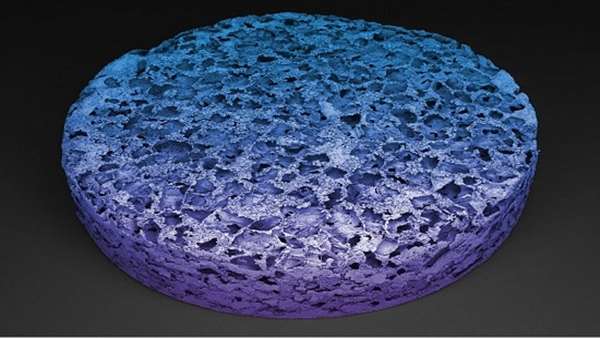T cell traps; An approach to attract and capture elusive immune disease cells in vivo
T cells, a subtype of white blood cells, play key roles in cell-mediated immunity, be it to fight infections and cancer or, when corrupted, to react against the body’s own cells in more than 80 autoimmune diseases, including type I diabetes, multiple sclerosis, rheumatoid arthritis and others. However, isolating disease-related T cells from the body to better study or eliminate them poses a formidable challenge to researchers and clinicians.
T cells, a subtype of white blood cells, play key roles in cell-mediated immunity, be it to fight infections and cancer or, when corrupted, to react against the body’s own cells in more than 80 autoimmune diseases, including type I diabetes, multiple sclerosis, rheumatoid arthritis and others. However, isolating disease-related T cells from the body to better study or eliminate them poses a formidable challenge to researchers and clinicians.
Wyss Institute researchers are generating implantable and injectable biomaterials to concentrate and trap disease-related T cells. To this end, and for a limited period of time, they place porous scaffolds with biological components under the skin. These spiked scaffolds can attract and ‘trap’ circulating T cells that after retrieval of the biomaterial can be easily isolated. Using this approach, researchers can get access to disease specific autoreactive T cells to study and better understand their detrimental functions. They can even نن their T cell traps to potentially reduce the number of tissue-damaging T cells therapeutically, or ask how drugs affect disease-specific T cell populations in patients.
The Wyss team provided proof-of-concept for the method by applying it to animal models of human type I diabetes and isolating diabetes-promoting T cell populations.
Wyss researchers are also expanding the use of T cell traps to capture T cells with pivotal roles in other than autoimmune diseases which will enable them to study their functions or exploit them therapeutically.
Reference: http://diabetes.diabetesjournals.org/content/early/2017/04/04/db16-0946





ارسال به دوستان